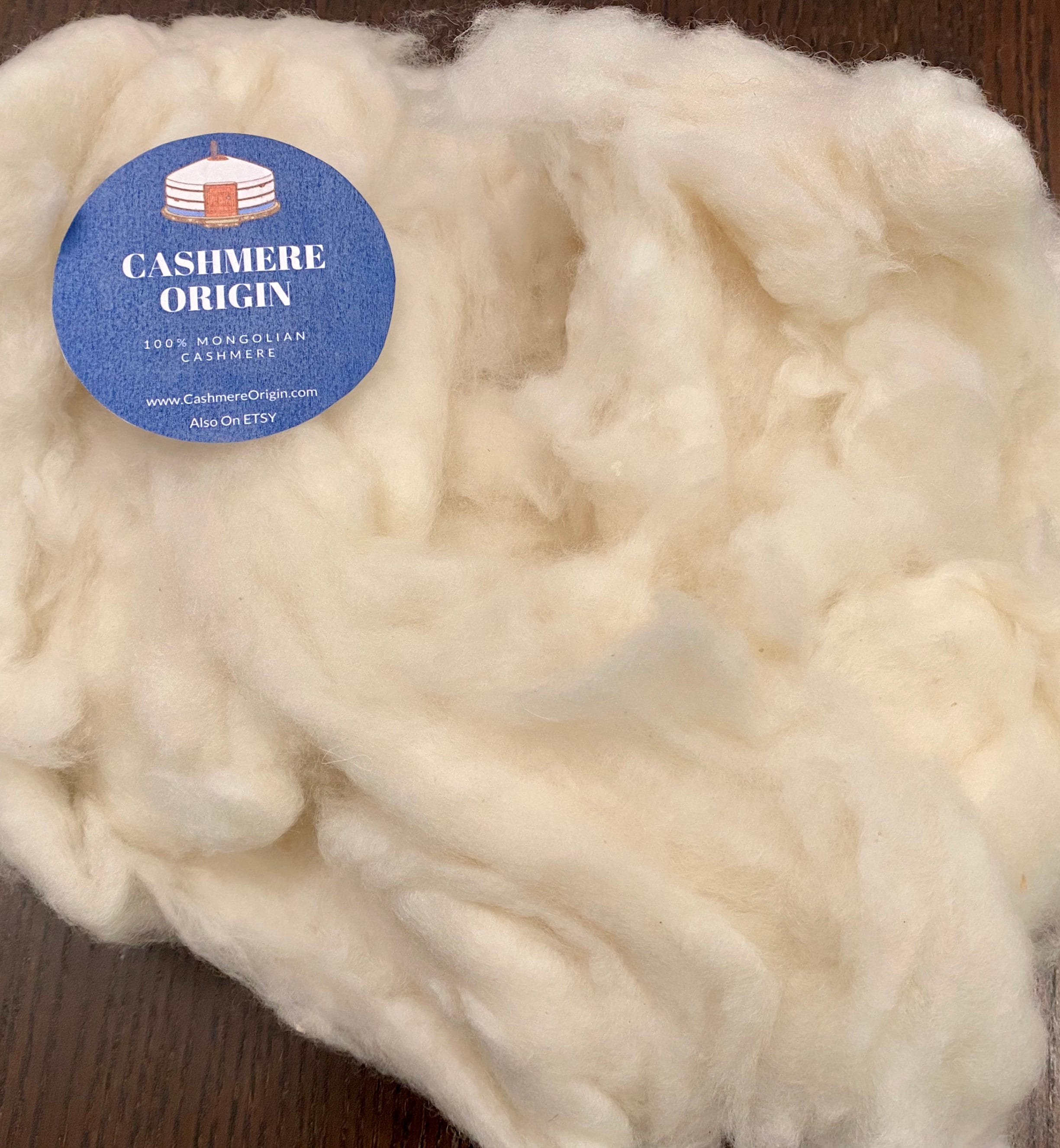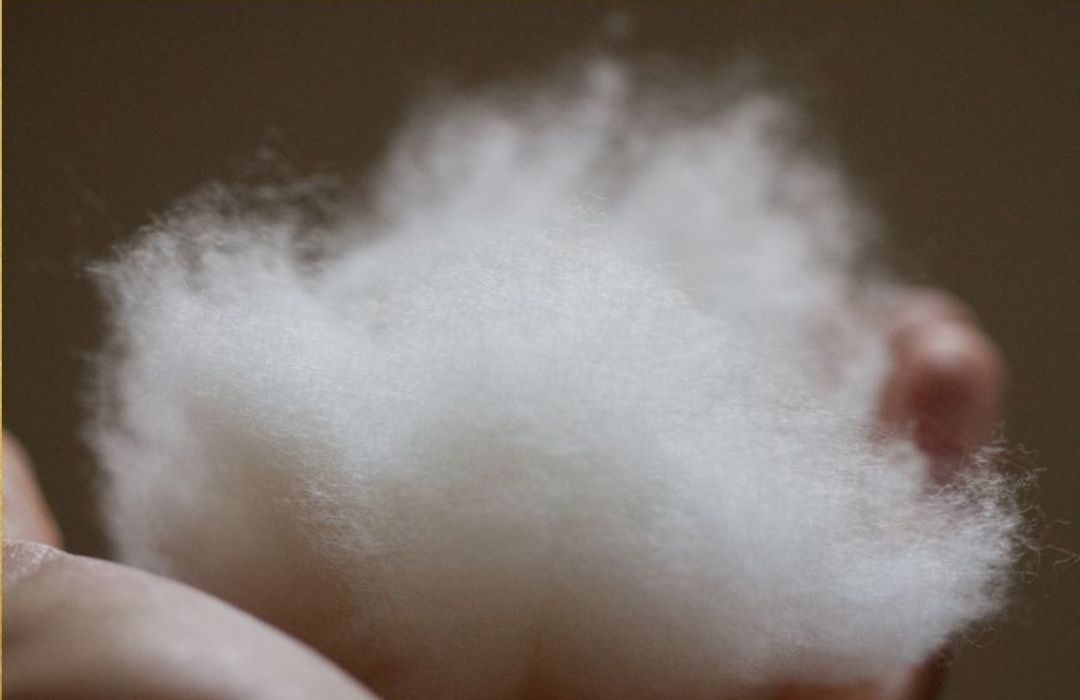Factors You Should Require Cashmere an All-natural Fiber for Convenience and Sophistication in Everyday Put On
In the realm of fabrics, few fibers measure up to the luxury and comfort of cashmere. How can one best utilize cashmere to raise their design? These intriguing questions lay the foundation for an informing expedition right into the world of cashmere. cashmere fibre.
Recognizing the Lavish Nature of Cashmere

Reviewing the Convenience Element of Cashmere Clothes
What top qualities underline the convenience variable of cashmere garments? The soft qualities of cashmere is the first top quality to take into consideration. Its luxurious structure makes it seem like a 2nd skin, giving warmth without the weight or itching connected with other wool products. Cashmere's distinct fiber framework allows for breathability, managing temperature level and preventing overheating. The product's flexibility and longevity make sure that it mold and mildews versus the body comfortably, keeping its form over time. Cashmere's hypoallergenic residential properties additionally add to its convenience, making it an excellent choice for delicate skin. The capacity to layer cashmere items without bulkiness increases the convenience factor. Fundamentally, the convenience of cashmere is obtained from its softness, breathability, sturdiness, hypoallergenic nature, and adaptability.

The Environmental Impact and Sustainability of Cashmere
While the convenience and style of cashmere are certainly enticing, it's similarly vital to consider its connection with the atmosphere. Cashmere is cashmere a natural fiber production, primarily in Mongolia and China, entails increasing cashmere goats, which can significantly strain breakable grassland ecological communities as a result of overgrazing. This can lead to desertification, a pressing ecological worry. The processing of cashmere, including dyeing and washing, can likewise contribute to water contamination if not effectively handled. Efforts are being made to establish sustainable cashmere production approaches, such as rotational grazing and cleaner processing techniques. Hence, while cashmere has environmental influences, its sustainability largely relies on manufacturing methods.
Comparing Cashmere to Artificial Fibers: A Cost-Benefit Analysis
Despite its environmental obstacles, cashmere presents a distinct set of advantages over synthetic fibers. Cashmere's all-natural fibers supply unparalleled gentleness and heat, converting into comfort that synthetic fibers battle to match. Unlike synthetic fibers, cashmere does not add to microplastic air pollution, making it an extra lasting option.
Styling Tips With Cashmere for Everyday Style
Having actually thought about the cost-benefit analysis of cashmere contrasted to artificial fibers, it becomes clear why this luxurious material is a preferred choice for many. When styling cashmere for daily sophistication, simpleness is key. A cashmere sweatshirt, for example, can be combined with customized trousers or a smooth skirt for a trendy, put-together appearance - cashmere fibre. For a more laid-back set, a cashmere cardigan put on over a basic tee shirt and pants shows easy style. Accessories can even more elevate the appearance: a declaration locket or scarf can include a pop of shade to a neutral cashmere piece. Inevitably, the intrinsic beauty of cashmere makes it a functional enhancement to any closet, easily boosting daily clothing with a touch of deluxe.

Conclusion
In enhancement, cashmere's sustainability and lower environmental impact compared to synthetic fibers better improve its appeal. Investing in cashmere garments is a beneficial choice for sustainability, design, and comfort.
